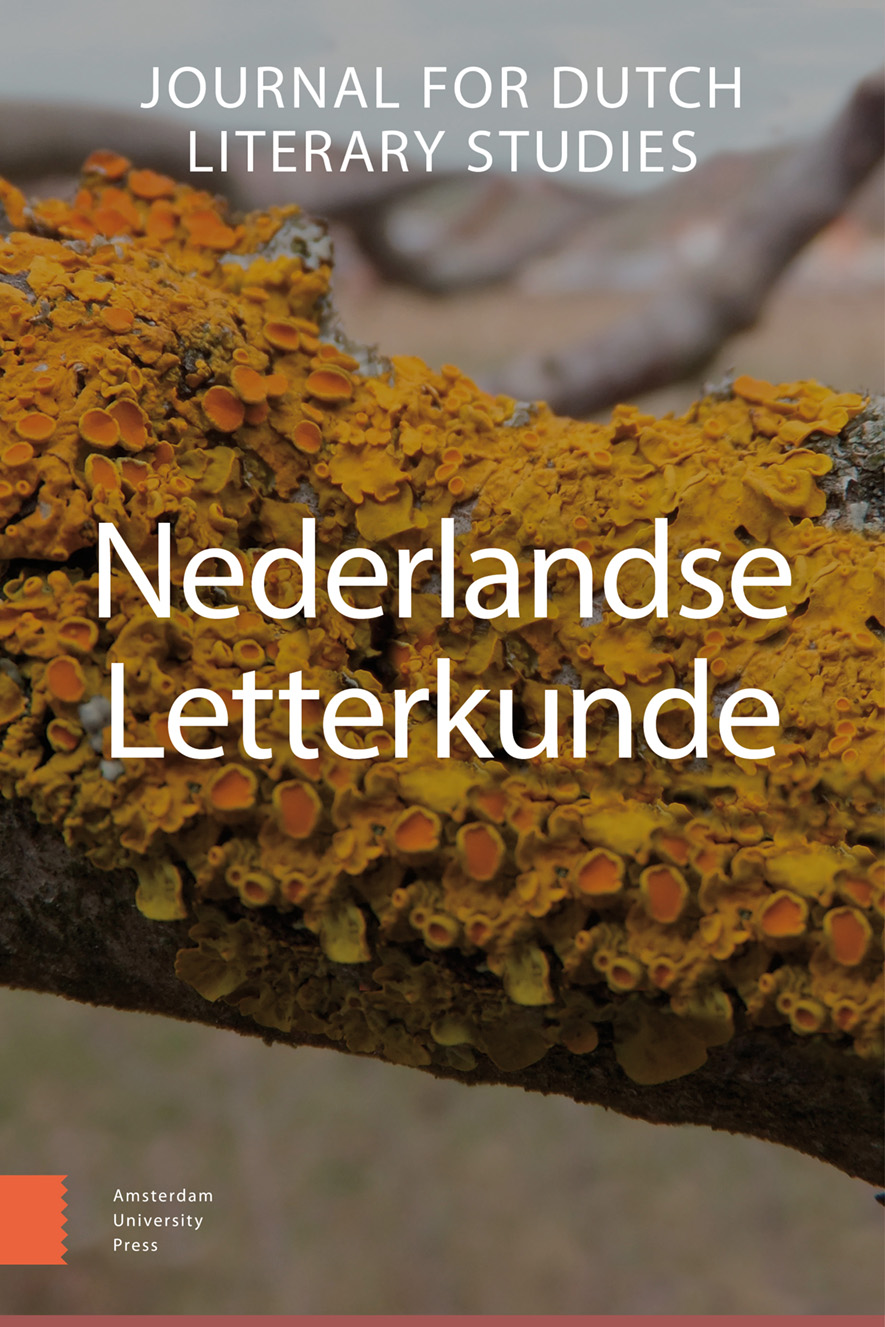
Full text loading...
We use cookies to track usage and preferences.I Understand
Maxim Februari’s Klont(2017) is arguably one of the most well-known Dutch novels on issues of datafiction and digitization. This article combines a close reading of this work with a reflection on the aesthetics of datafication in recent scholarly and artistic discourses. It demonstrates that Februari’s imaginative representation of big data as an amorphous ‘lump’ or ‘clot’ of viscous materials and metabolic processes challenges a dominant view of the digital as being based on discrete patterning and frictionless computation. Drawing on David M. Berry’s notion of a (post)digital pattern aesthetics, the article situates Februari’s novel within a larger counter aesthetics of datafiction that is also articulated in the work of philosopher Miriam Rasch and media scholar Luciana Parisi’s notion of ‘patternless data’. While this counter aesthetics lends itself to a critique of seamless ‘dataism’ (Rasch) it comes with ideological implications itself. In Februari’s novel they surface in a curious association of the formless digital ‘klont’ with notions of femininity and the female body.

Article metrics loading...

Full text loading...
References


Data & Media loading...

